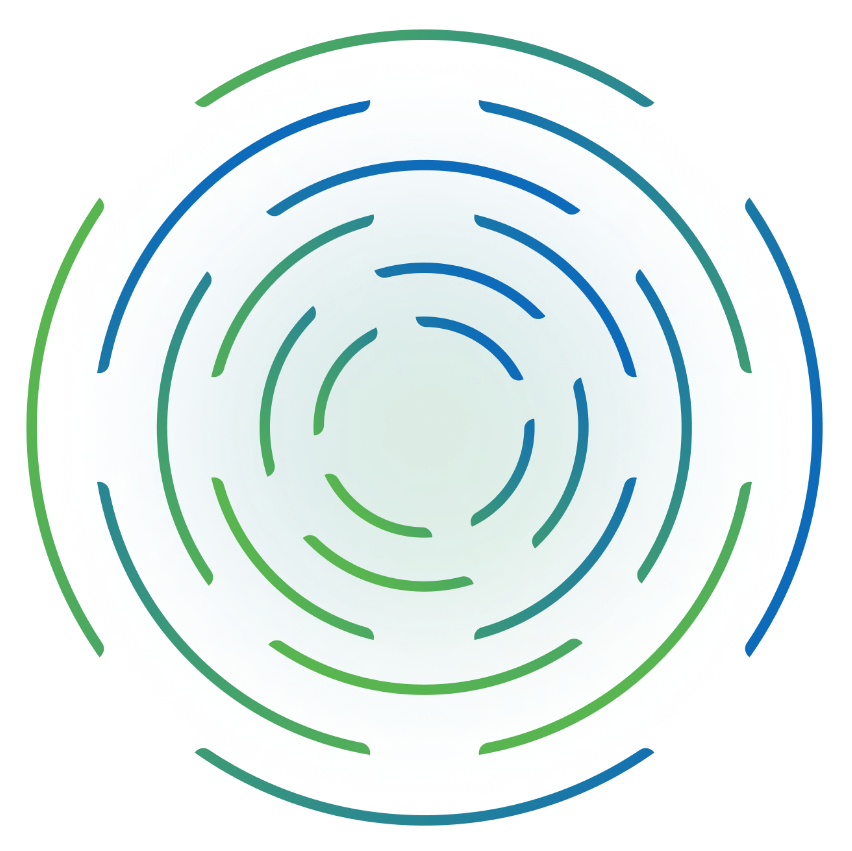As your organization embraces networking resources in the cloud, monitoring your cloud network for performance must be a #1 priority for your IT teams. Cloud network monitoring continuously tracks the health of your network infrastructure, detecting and correcting any performance issues that may cause outages or impact productivity.
The right cloud network monitoring tools are essential to this effort. Traditional network and application performance monitoring tools are inadequate for measuring and reporting on the more complex infrastructure of a cloud network. A cloud network monitoring tool must track traditional metrics like bandwidth, throughput, and latency to identify potential issues and optimize efficiency. It must also continuously monitor network flow across cloud-native, containerized architectures and ensure visibility across microservices.
That’s where the ScienceLogic AI Platform can help. Providing actual insights across your entire cloud network infrastructure, SL1 lets you deliver superior network service health performance, configuration, change, and traffic flow.
Best practices for cloud network monitoring
Your cloud network monitoring tool should enable you to adhere to these best practices for network monitoring in a multi-cloud world.
- Monitor services, not devices: Since portions of your cloud network belong to a cloud provider, you may not have access to monitor all network devices. Instead, your focus should shift to making sure application services are available and functioning within the desired service level agreements (SLAs).
- Monitor within the cloud and external to the cloud: Monitoring within the cloud will uncover any service outages in the cloud provider’s infrastructure. This helps to separate out application problems—like an application not responding—from infrastructure problems that cause a service to be unreachable. External monitoring uncovers issues with WAN connectivity that may impact application reachability and performance.
- Work with DevOps to enable Day 2 operations: DevOps teams initially use very specific tools to understand how a new application performs in various environments. When they need to move on to a new project, your cloud networking tool should integrate with your DevOps team’s APM, NPM, and open source tools to enable continuous discovery and monitoring of the cloud network.
- Automate everything: Automating the entire service management practice is the key to your ability to do more with fewer resources. As various teams take advantage of cloud computing to quickly add additional compute and storage resources, automation enables you to respond quickly to changes in application load and continue to monitor network performance.
- Avoid vendor lock-in: Most basic monitoring products provided by cloud vendors are designed to look only at the vendor’s environment. They may lack the ability to monitor usage across multiple locations, to configure monitoring dashboards, or to provide visibility into the OS for application performance.
Cloud network monitoring tools from ScienceLogic
The ScienceLogic AI Platform provides a cloud network monitoring tool as part of a comprehensive solution for cloud infrastructure monitoring. SL1, part of the ScienceLogic AI Platform, lets you see everything across multi-cloud distributed architectures. It contextualizes data through relationship mapping and acts on insights through integration and automation.
With SL1 as your cloud network monitoring tool, you can:
- Unify infrastructure monitoring: SL1 lets you monitor performance across your entire hybrid cloud estate—from physical, virtual, and software-defined infrastructure to cloud-based networks, storage, and compute resources running on-premises or in the cloud.
- See everything: SL1 bridges the visibility gap by connecting the dots on dependencies between legacy and modern technology using cross-domain infrastructure, application, and service topology maps.
- Enhance network performance: SL1 lets you leverage cross-domain topology to correlate and assess impact, minimize event noise, accelerate troubleshooting and remediation, and avoid outages altogether.
A unified network management tool
In addition to serving as a highly effective cloud network monitoring tool, SL1 unifies network management by combining capabilities for managing network performance, configuration and change, and traffic flow analysis.
With ScienceLogic’s SL1, you can:
- Eliminate performance visibility gaps: Gaps in network visibility lead to high costs and poor customer experiences. By consolidating monitoring tools and delivering full-service visibility, SL1 makes it easy to monitor real-time availability, health, risk, configuration, utilization, and capacity for any network vendor or technology. Automatically collect performance data and events, and drive automated NetOps workflows by fusing data across modern network and multi-cloud environments into a real-time operational data lake.
- Manage network configuration change and compliance. Because changes cause 80% of network outages, it’s essential to minimize impact with early change detection correlation. ScienceLogic’s SL1 unifies change and performance data and correlates configuration changes with performance alerts. This lets you avoid outages and grasp the impact of changes on services and users. By diagnosing root cause faster, you can easily identify changes related to performance degradation. ScienceLogic’s SL1 allows configuration backups and performs compliance audits.
- Analyze network bandwidth and traffic flow. When bottlenecks crop up and packets are dropped or don’t flow, the experience of your users and customers suffers. SL1 analyzes and diagnoses NetFlow traffic for improved incident management, enabling you to better understand service impact to avoid bottlenecks and dropped packets.
Why ScienceLogic?
ScienceLogic is a leader in automated IT operations, providing modern IT operations with actionable insights to predict and resolve problems faster. The platform combines an AIOps solution with software for network management and observability tools for ITOps, DevOps, DataOps, SecOps, and DevSecOps. The ScienceLogic AI Platform empowers intelligent, automated IT operations to free up time and resources by removing the difficulty of managing complex, distributed IT services. Our patented discovery techniques find everything in your IT environment, delivering visibility across all technologies and vendors running anywhere in your data centers or clouds.
With ScienceLogic, you can:
- See everything: Our technology is purpose built for hybrid-cloud environments. SL1 brings all your data together with in-depth operational support for traditional data centers, cloud-native services, and hyperscalers.
- Avoid service outages: Gain real-time visibility into how your shared infrastructure affects different apps and business services. Understand dynamic service relationships, dependencies, and behaviors across your entire IT universe.
- Accelerate service impact and root cause analysis: Correlate events and anomalies within a business service context to cut through the noise and respond to issues faster.
- Make your CMDB more accurate: Get more value from your CMDB investment by automatically synchronizing it with your monitoring environment to resolve incidents faster and automate ITSM workflows.
- Automate IT workflows: Leverage SL1 to automate routine IT processes and workflows.
- Scale easily: Tame spiraling IT complexity to handle massive volumes, variety, and velocity of data, enabling your infrastructure to grow to meet business demands.
- Move toward autonomic IT: ScienceLogic supports the journey to the autonomous enterprise by helping to create a self-managing IT environment that proactively resolves issues, optimizes investments, and guides IT teams as they manage an intelligent ecosystem.
Cloud Network Monitoring Tool FAQs
What is a cloud network monitoring tool?
A cloud network monitoring tool enables continuous monitoring and analysis of network performance to ensure the availability, bandwidth, and speed of connections across a hybrid cloud environment.
What capabilities are important for a cloud network monitoring tool?
A cloud network monitoring tool should unify network visibility, enabling NetOps teams to manage overall network health. It should also speed triage and remediation, accelerating mean time to repair (MTTR) by automatically collecting triage data and resolving issues through IT automation. Ultimately, a cloud network monitoring tool must ensure high-quality user experiences by correlating performance, configuration, change, and events within the context of business services.








